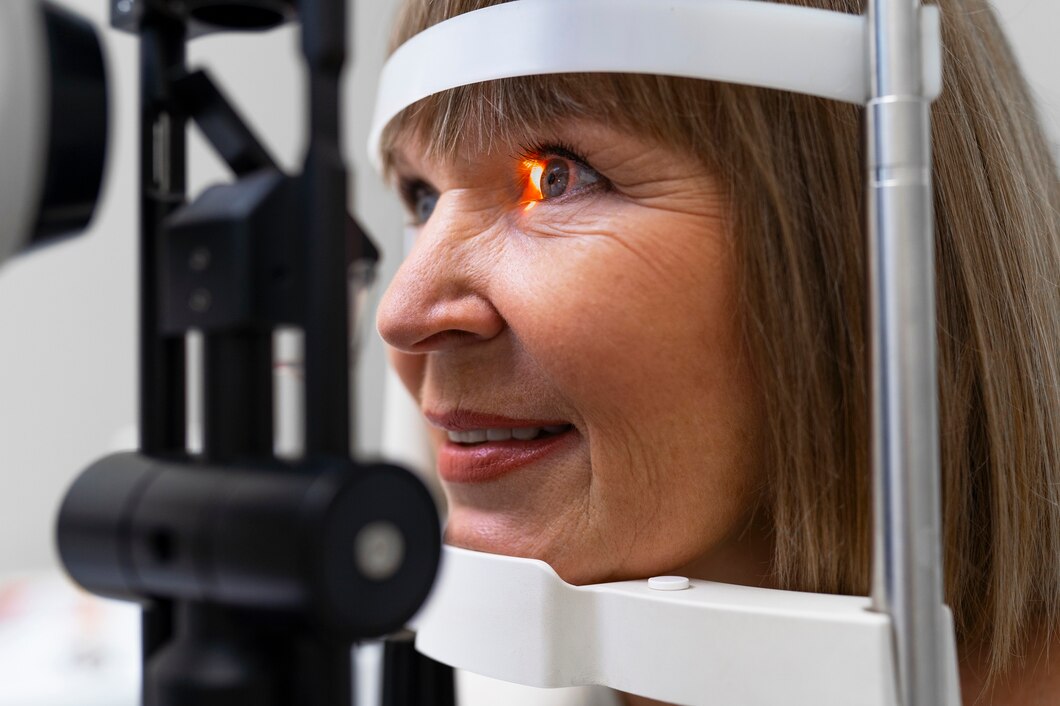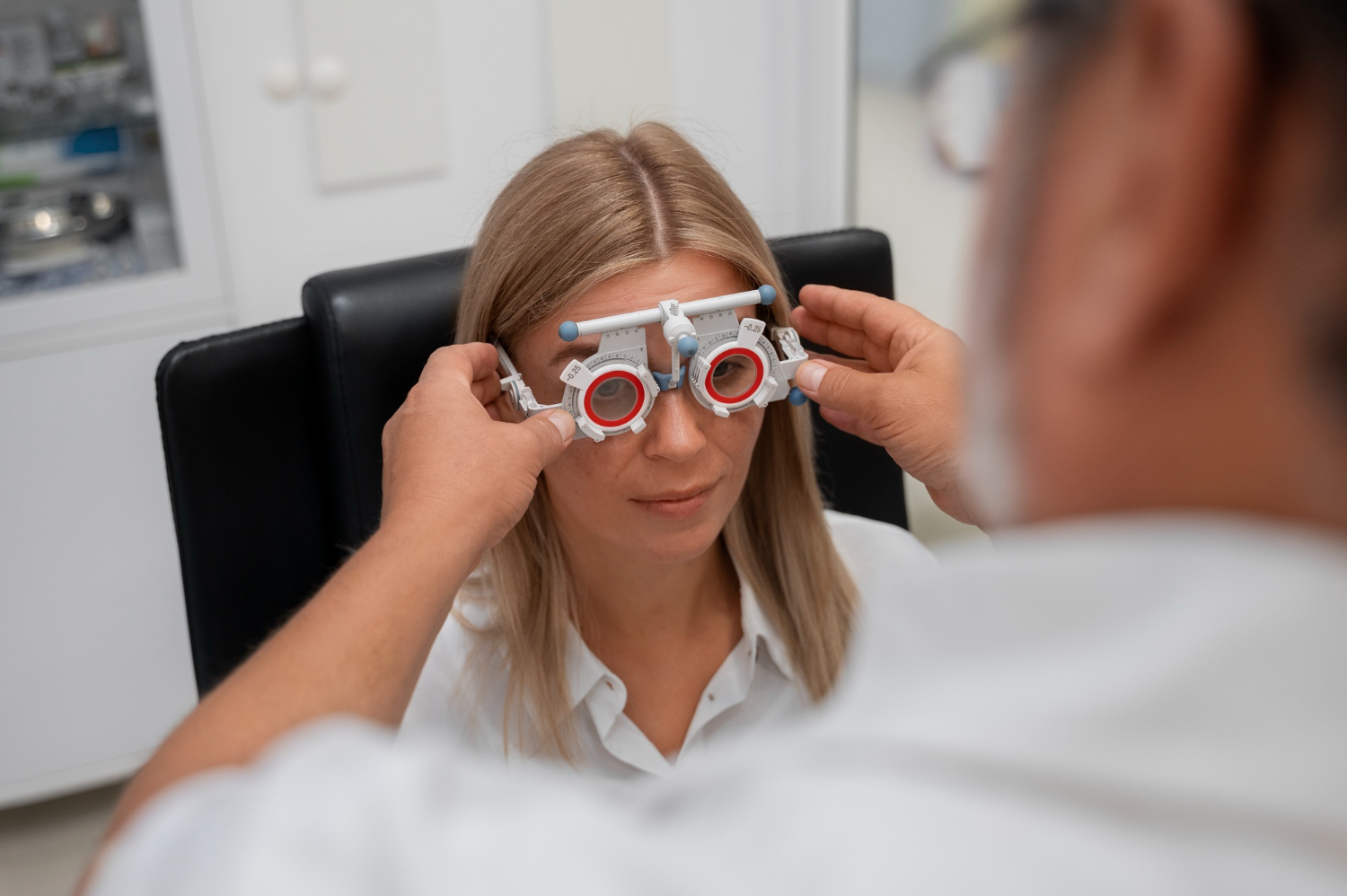Implantable Collamer Lens (ICL) is an eye implant used to correct vision problems like nearsightedness and astigmatism. It is a soft, flexible, biocompatible lens that is inserted into the eye between the iris and the natural lens. The ICL is designed to correct vision by reshaping the light that enters the eye and focusing it onto the retina.
What Happens During the Procedure?
During the procedure, a surgeon will make a tiny incision in the cornea, insert a thin lens and then place the lens in position. The lens is held in place by a tiny, adjustable ring. The lens is created using Collamer, a unique material specifically designed to interact beneficially with the eye.
The implantable Collamer lens is a safe and effective way to improve patients’ vision with nearsightedness or astigmatism. It can improve vision beyond what is achievable with glasses, contact lenses, or laser surgery. It is also a great option for those who are not happy with the results of previous refractive surgery procedures.
The procedure itself is relatively quick and painless. It typically takes about 15 to 20 minutes and is performed on an outpatient basis. The patient may need to wear an eye patch for a few days after the surgery, and vision may be slightly blurry for a few days. After the procedure, most patients can drive and return to work within 24 to 48 hours.
The ICL Eye Surgery procedure has proven safe and effective for many patients. The procedure results are typically long-lasting, and patients can expect to experience better vision for years.
The Recovery Process
The recovery process for ICL eye surgery is simple and straightforward. In most cases, patients experience minimal discomfort and can return to activities within a few days. However, it is important to follow the post-operative instructions given by the doctor to ensure a successful recovery.
Immediately after the surgery, your eye may feel a bit sore. To help with the discomfort, you can use cold compresses, artificial tears, and eye drops prescribed by your doctor. You should also avoid strenuous activities during the first few days after the surgery.
You may experience light sensitivity, decreased night vision, or other minor side effects in the weeks following the surgery. It’s important to follow the ophthalmologist’s instructions to reduce potential risks or complications.
Your doctor will likely want to monitor your progress during the recovery process. They may want to perform follow-up examinations to check your eyes’ health and to adjust your lenses’ prescription. Regular follow-up visits are important to ensure the success of the surgery.
It is important to take your recovery seriously to ensure the best possible outcome. Following your ophthalmologist’s instructions, using adequate protection outdoors, and avoiding strenuous activities can all help ensure a successful recovery.
Conclusion
ICL Eye Surgery is a safe and effective way to improve vision. The procedure is relatively quick, and recovery is straightforward. The most important thing after the surgery is to follow the recovery instructions provided by your ophthalmologist. After the surgery, it is essential to attend all post-operative appointments, use protective eye gear, and wear sunglasses. By following these instructions and taking good care of your eyes, you can enjoy improved vision for years.
Are you looking for an ophthalmologist in Abbotsford? Look no further than Valley Laser Eye Centre. We’re a vision correction center with state-of-the-art technology, a comfortable setting, and amazing staff. Make an appointment today to get a seamless vision clinic experience!
Disclaimer: This blog post does not replace medical advice and should not be implemented before consulting a fully certified medical professional.





